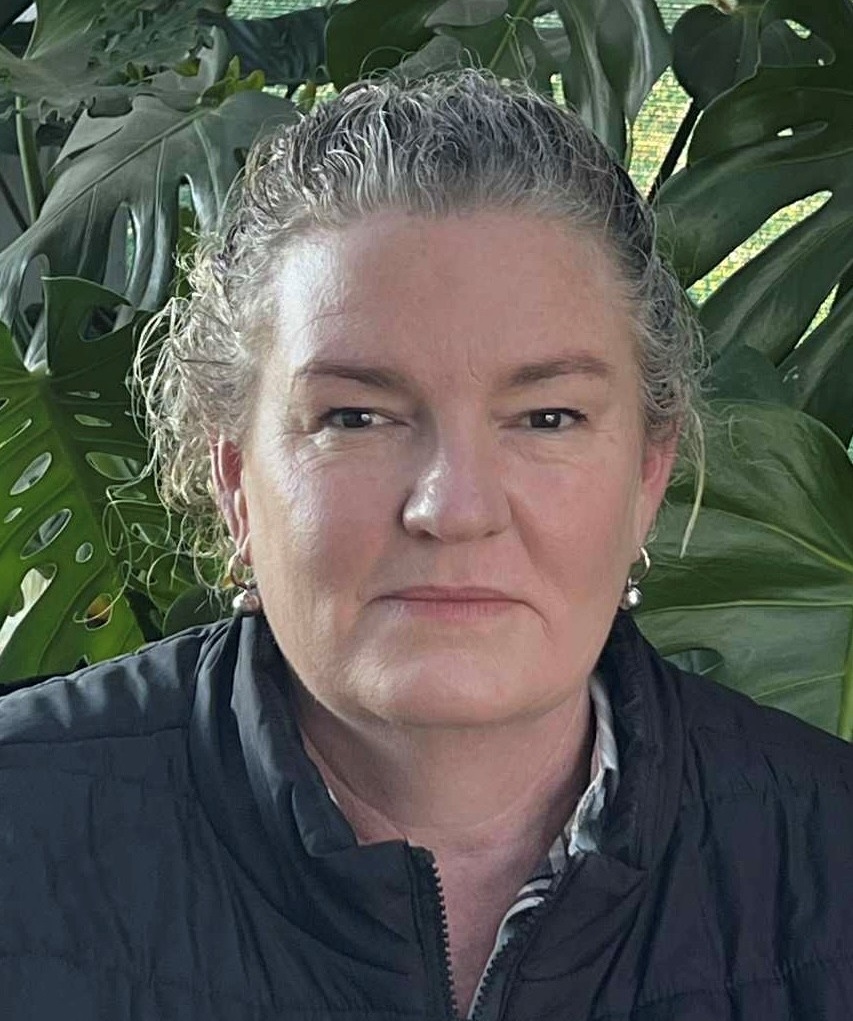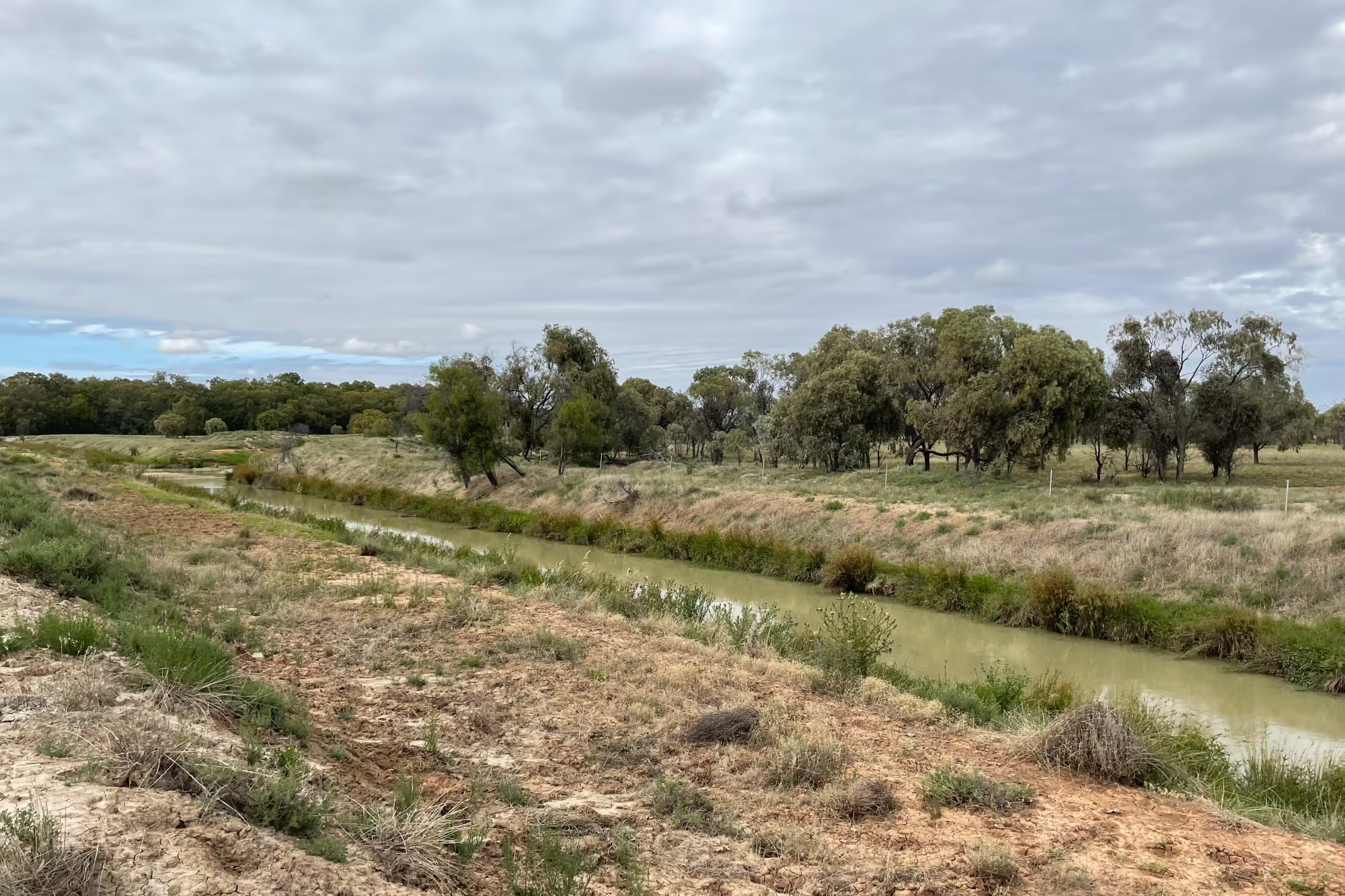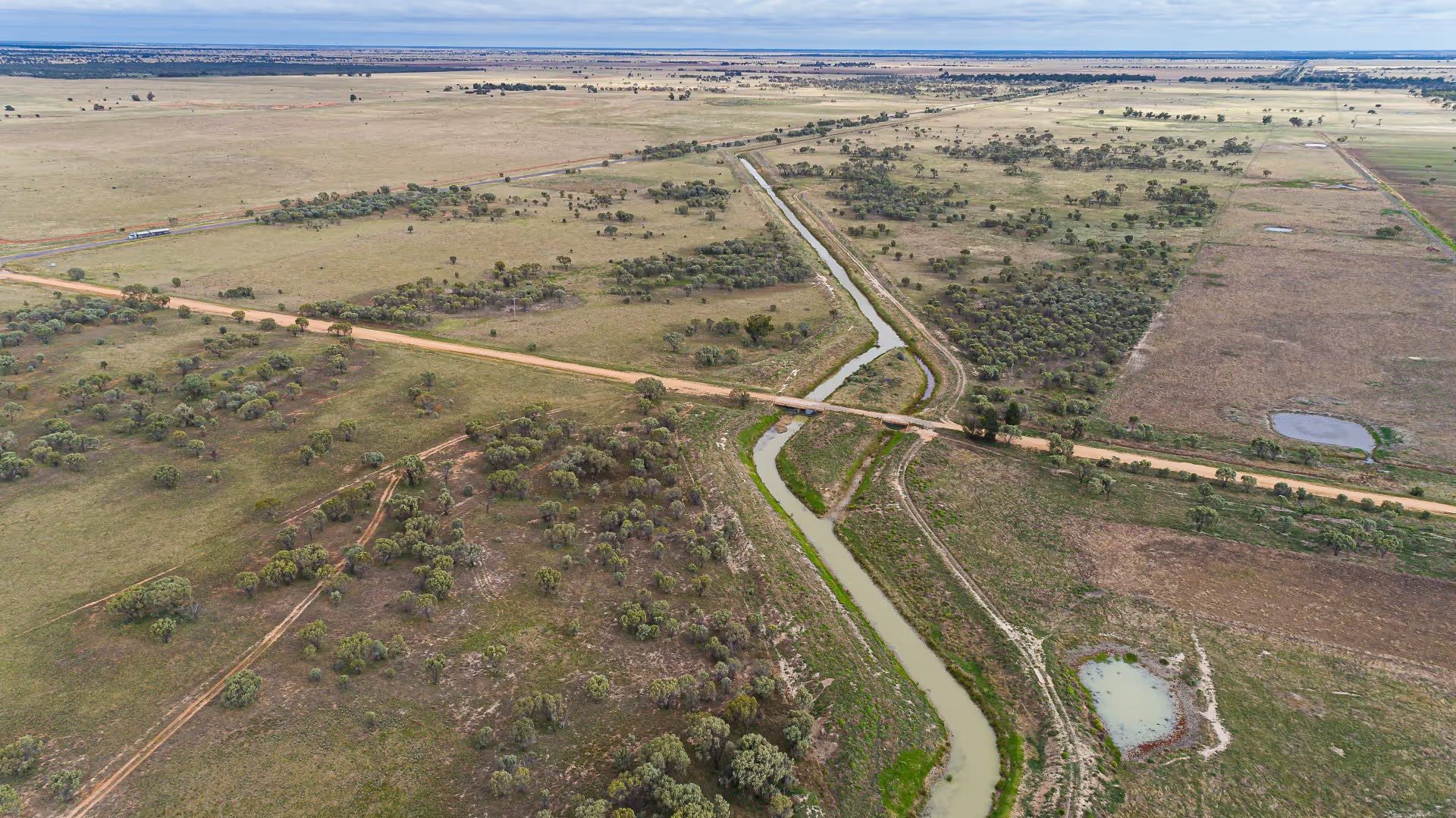Why Central Billabong?
The Central Billabong is 4000 square kilometres of expansive plains and woodlands, cropping and grazing farms, and towns and communities. At the heart of it is a network of waterways – the diverse creek systems of the Yanco, Billabong, Colombo and Forest Creeks.
These creek systems support the region environmentally, economically and culturally. They provide water for irrigation, stock and town use, and are well-loved and deeply valued by locals and visitors alike for recreation, cultural and environmental purposes.
This is the traditional country of the Wiradjuri, Bangerang, Barapa Barapa and Wamba Wamba First Nations people, who maintain continuous cultural, spiritual and heritage connections to the landscape, watercourses, wetlands and floodplains.
Together, we can ensure a healthy Central Billabong for future generations.
Talk to our Central Billabong Project Officer
"I believe the key to successful environmental outcomes is education, community involvement and sharing of knowledge. I love being part of the Refreshing Rivers Project team, working towards environmental outcomes that benefit both current and future generations."









































